In this first instalment of three, David Wilson, our resident four-wheel boffin gets under the under-gubbins of your typical part-time 4X4 and explains how to get it into and out of four-wheel-drive. You may already know this (or think you do), but it is essential reading and may save you a bundle in repair bills or a warranty decline. Ouch!
It should be a simple thing, but it seems engaging 4WD is one of man’s greatest mysteries.
If ever you wanted to light up a conversation on Facebook on a 4WD forum or get yourself into a pitched battle at a pub or out at a campsite in the bush with a bunch of mates, the next-best way to do it (apart from a chat about tyres) is to offer some commentary on 4WD engagement. It is one of those subjects where plenty have an opinion. So here’s mine and written in answer to a learned chap the other day who was promoting shifting into Low range 4WD in an automatic D-MAX whilst still in Park. There you go… an opinion.
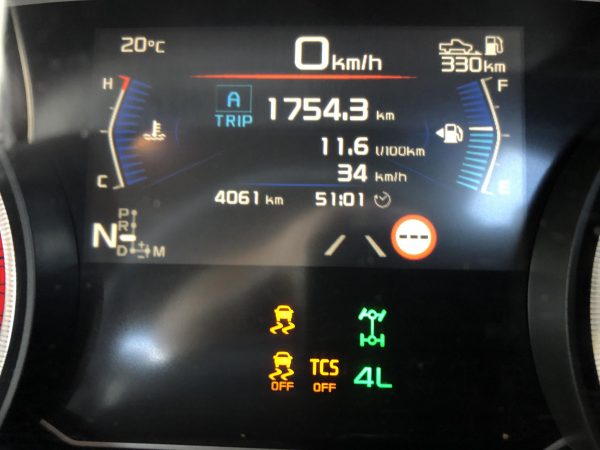
Part-Time 4WD has been with us since the beginning of 4WD, a basic affair that calls the front wheels into action once a knob is turned, a button pushed or a stick shifted. Isuzu, like others, has used all three methods in the past. Currently, on the 2021 D-MAX and the generation before it, the rotary-knob electronic method is the go and it should be foolproof, but there’s one underlying premise that should be front-and-centre in this discussion.
A part-time system cannot sustain use on high-friction surfaces because of a phenomenon called “wind-up”. The first big takeaway you need to know is that if you drive a typical ute in either form of 4WD on a hard surface (that’s bitumen, concrete or paving) in 4H (4WD High range) or 4L (4WD Low range) you’ll likely break it.

Part-Time 4WDs need a loose surface under their wheels when in 4WD because without that you’ll be putting stress on the vehicle’s driveline that it doesn’t want and can’t dispense of. Here’s why.
When travelling in 4WD in a straight line, everything is lined up and receiving equal dollops of energy. Turn a corner and that isn’t the case, thanks to the differential effect. Essentially, when you turn a corner the wheels on the inside radius of the bend have a lesser distance to travel compared to the outside and that means wheel speeds will differ, left-to-right and front-to-back. On a loose surface that’s alright because any tension can be spun out, but on a hard surface not-so and with each successive change in direction you’re adding more and more stress until eventually, something goes bang!

Oops, there goes the front diff, a CV (constant-velocity) joint or the transfer case (the gearbox controlling the 4WD options). I guarantee there’ll be $$$ signs now whizzing in front of your eyes!
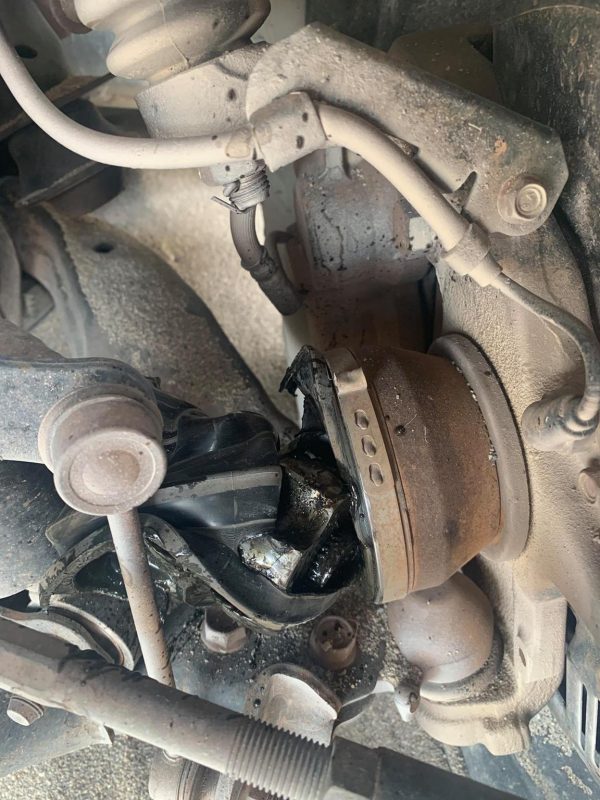
Before we explore that concept any further let’s step back a bit and talk you through the means of engagement and a couple of simple rules.
The day might start for you on a local bitumen road and to drive on that surface you’ll be in 2H (2WD high-range) and all the power will be exiting the back wheels. Now, on a dry and grippy surface that will be A-OK. The car will steer into and out of corners fine and stop where you want it to. But that won’t be the case when you are on the dirt.
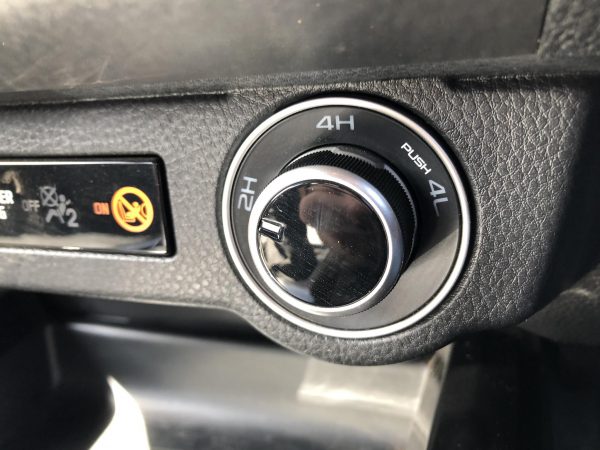
It’s also worth mentioning that if the bitumen road you are on is wet from rain, that too won’t be an opportunity for 4WD, because the job of a tyre is to pump the road dry and that will promote wind-up.
Part-time 4WDs always could engage 4H on the move, some better than others, but as a general rule-of-thumb at speeds up to 100km/h. Notice I said, “up to”. Doesn’t mean you need to do that, in fact, I’d rather see you do it under 80km/h because driving on dirt often buys you trouble.
As you approach the end of the bitumen and the dirt looms, get off the accelerator and with the front wheels in the dead-ahead position (to get front and rear wheel speeds synchronised), reach out to the 4WD selector and rotate it to the right from 2H to 4H. In the space of a few metres travelled there should be a positive connection made between the front differential and propellor shaft and the 4WD light is now aglow. Success and done somewhere in that 0>80km/h realm.
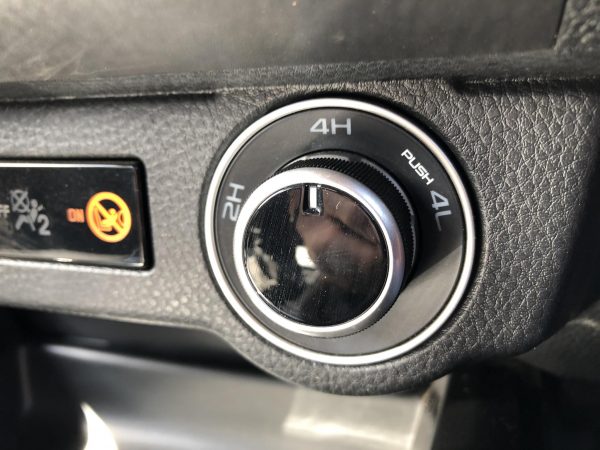
Some motion is desirable when going from 2H>4H because we need to make the initial connection/coupling between diff and prop-shaft occur. Engaging 4H whilst you are stationary likely won’t achieve much apart from promoting a flashing 4WD light, which I refer to in the classroom as the “wanker” light (meaning you did something wrong). Getting that initial engagement done correctly will pay dividends later when you want 4L engaged efficiently.
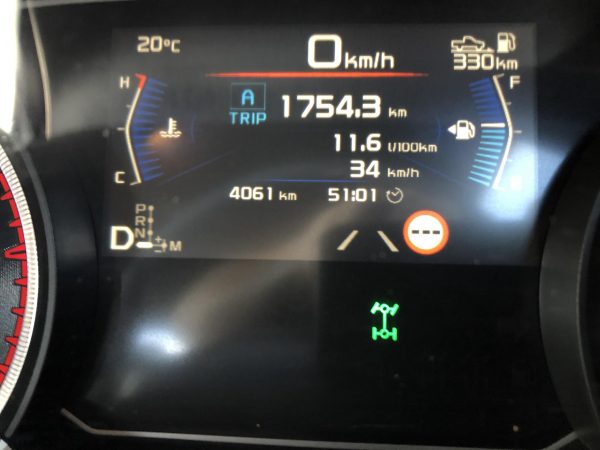
Now we are in 4H there is an even 50/50 distribution of torque between the front and the rear, instead of all of it directed to the back wheels. That’s safer, as the vehicle will now steer more predictably and stop in a much shorter distance (try five metres less at 80km/h). On a loose surface those traits are desirable and here’s another advantage in running in 4H on the dirt. Less tyre-wear.
In 2H on the dirt, you’ll be oblivious to the inevitable moments when the rear wheels are spinning because of a lack of grip and that will chew out the rears well ahead of the fronts. In the life of a vehicle that little pearl of wisdom will save you thousands.
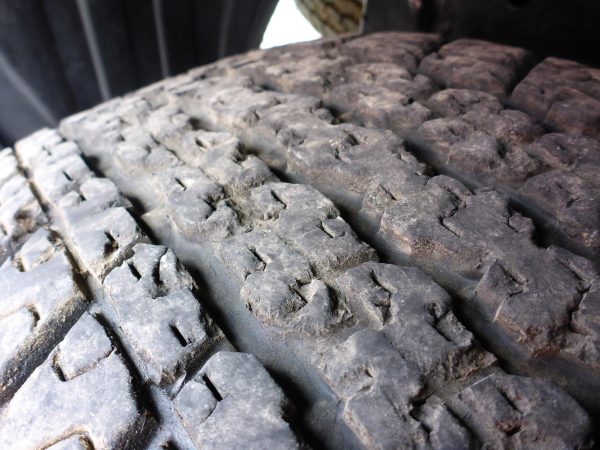
After travelling the high-speed dirt you now want to investigate some low-speed tracks and before you know it is a track requiring 4L (because it is steep or boggy or both). First, bring the vehicle to a halt, a full stop.
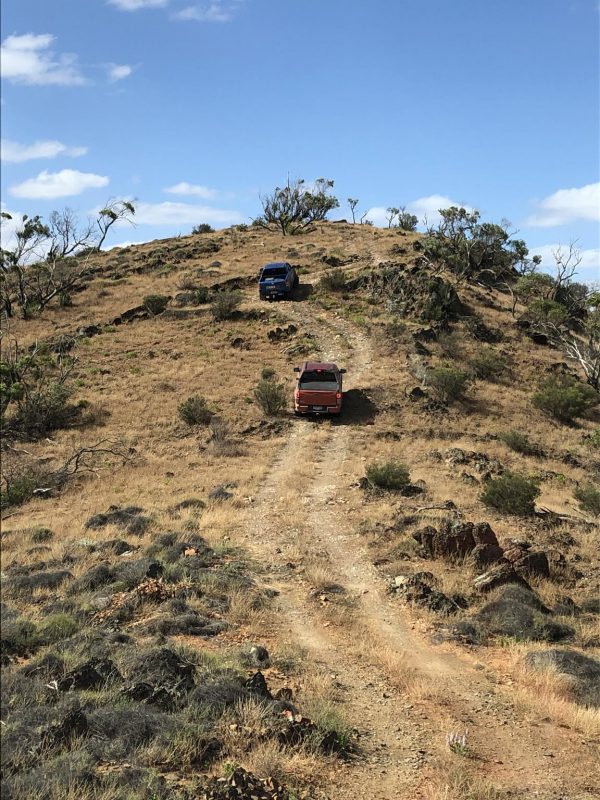
If you are running an automatic, and most today will be, select N (neutral) with the main shifter, this is critical to your success. Reach across to the 4WD knob, depress and rotate to the right and observe the dashboard 4WD light confirming 4L was engaged. Another positive sign of engagement is a subtle clunk from downstairs.
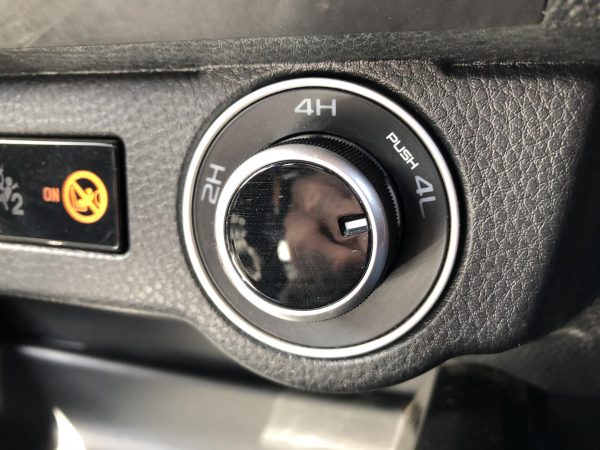
Safe in the knowledge you are now in 4L, select D (drive) and off you go. Don’t try engaging 4L whilst the main gear selector is in D (or any other forward gears), R (reverse) or P (park), because you’ll either get a beeper warning or gnashing of transmission teeth or both. The car won’t like it one little bit because it sounds hideous, God knows what it’s doing to the transmission???
If you try and engage 4L in a manual today you’ll likely need to depress the clutch pedal, something not universally needed on previous generation part-time 4WDs. I’d suggest you consult your owners-manual.
At the end of the day you’ll need to return firstly to the higher speed dirt (with 4H) and ultimately the bitumen (in 2H), so follow the procedure above and in the reverse order to deselect each of the 4WD ranges before you get on the hard stuff again.
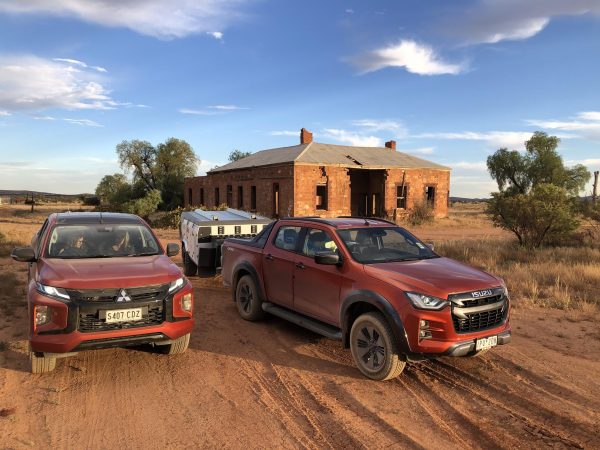
If this has piqued your curiosity for more, have a read of this earlier article I wrote about Differential 101.
In instalment two, David explains what the dreaded “wind-up” is all about and how you can remove a stress that can be the ruination of many a gearbox or diff…





GIPHY App Key not set. Please check settings